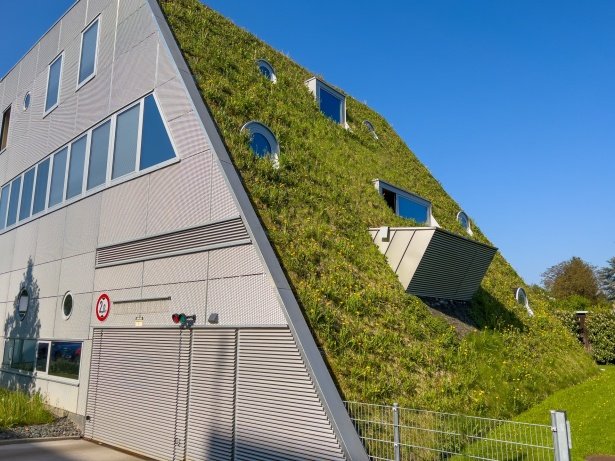What Is Eco-Friendly? Key Practices, Global Examples, and Future Innovations
Extreme weather events in recent years have shown the severity of climate change. Recent record-breaking heat waves, long-lasting droughts, wildfires, and flooding continue to disrupt food production and displace thousands from their homes. Recurring wildfires in North America have destroyed millions of acres during the summer, and the recent Hurricane Helene, which claimed lives and caused property damage, is just a few alarming signs of our planet’s distress.
These environmental crises underscore the urgent need for government and individuals to adopt eco-friendly practices. Our planet faces serious ecological challenges due to unsustainable individual habits, poor waste management, deforestation, irresponsible agricultural practices, and widespread pollution.
In this article, we will discuss the benefits of adopting an eco-friendly lifestyle, with global examples, misconceptions, practical steps, and future innovations in sustainability.
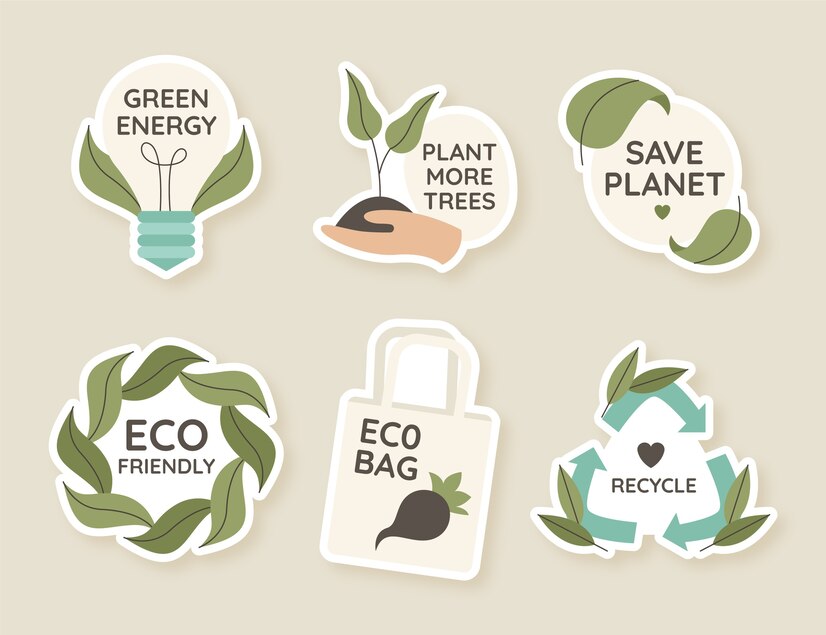
In This Article
- What Does “Eco-Friendly” Mean?
- Global Examples and Case Studies: Learning from Success Stories
- Misconceptions and Myths about Eco-Friendly Living
- Actionable Steps for Adopting an Eco-Friendly Lifestyle
- Intermediate to Advanced Eco-Friendly Practices
- Future Innovations in Eco-Friendly Living
- Economic and Social Benefits of an Eco-Friendly Lifestyle
- The Role of Government and Corporations
- Conclusion
What Does “Eco-Friendly” Mean?
The definition of the term ‘eco-friendly’ can vary across cultures and regions. Simply put, ‘eco-friendly’ refers to practices that not only avoid harming the environment but also promote the conservation of resources to protect the planet’s unique ecosystems.
Different definitions across cultures and regions — in Scandinavian countries like Sweden, eco-friendliness reflects the nation’s reliance on renewable energy and waste reduction. However, in parts of Africa, eco-friendliness may focus on water conservation and biodiversity protection. Indigenous communities in North America may follow principles like the Seven Generations philosophy, which emphasises making sustainable decisions that will benefit the environment for the next seven generations.
The cultural concept of “Mottainai,” practised in Japan, advocates for waste reduction and minimal living. These variations illustrate how diverse the definition of eco-friendly can be.
According to Dr Jane Goodall, British primatologist and environmentalist, “Eco-friendly living is about making conscious decisions to reduce our impact on the planet. It is not just about the environment but about recognising the interconnectedness of all life forms.
Global Examples and Case Studies: Learning from Success Stories
A clear understanding of how different regions have approached sustainability provides valuable insight into how eco-friendly living can be implemented. Let’s explore some examples of nations that have successfully implemented sustainable initiatives.
#1. Sweden: The World’s Green Leader
Ranked among the top three greenest nations on the planet, Sweden is committed to sustainability and strongly believes it can achieve carbon neutrality within a few decades. Its target to become carbon neutral is set for 2045. Sweden powers its economy with renewable energy sources, generating almost 54% of its energy from hydropower and wind.
A study by the Swedish Environmental Protection Agency (Naturvårdsverket) revealed that Sweden has reduced its carbon emissions by 30% since 1990 and has plans in place to further reduce it by at least 63% in 2030, primarily through energy-efficient buildings and smart city planning.
Table 1: Sweden’s Sustainability Metrics (2023)
| Metric | Value |
| Renewable Energy Share | 54% |
| Carbon Emission Reduction | 30% (since 1990) |
| Waste Recycling Rate | 99% |
Learn More: What Is Eco-Friendly Pest Management? 5 Best Methods
#2. Bhutan: The Only Carbon-Negative Country
Bhutan is the first and only carbon-negative country on the planet, meaning this small nation absorbs more carbon than it produces. According to a 2023 study, Bhutan achieved carbon-negative status due to its government’s strict environmental policies and conservation efforts. The country currently maintains 60% of its land under forest cover. The Bhutanese measure success by Gross National Happiness, not GDP.
According to a study published in the Journal of Sustainable Development, Bhutan’s extensive forest cover allows the country to absorb over 9 million tons of CO2 annually, compared to the 2.2 million tons it produces.
Table 2: Bhutan’s Environmental Achievements
| Metric | Value |
| Carbon Emissions Produced | 2.2 million tons |
| Carbon Absorbed | 9 million tons |
| Forest Cover | 71% |
#3. Germany: Renewable Energy Innovation
Germany’s renewable energy transition, the “Energiewende,” has made the European nation a global leader in renewable energy. Germany relies on renewable energy to generate approximately 50% of its electricity. Its reliance on solar and wind power helps the country lower its carbon footprint, with CO2 emissions reduced by 35% since 1990.
A recent study by Fraunhofer ISE discovered that by 2030, Germany could generate at least 80% of its energy from renewable sources if it maintains its current pace of investment in clean technologies.
According to Professor Hans-Joachim Schellnhuber, Director of the Potsdam Institute for Climate Impact Research, “Germany’s renewable energy transition has been a significant success. The key lesson from Germany’s experience is that political will, combined with technological innovation, can lead to substantial carbon reductions.”
#4. Costa Rica: Powered By Nature
As the greenest country in Central America, Costa Rica plans to become a carbon-neutral nation by 2050—a feat it aims to achieve by generating 98% of its electricity from renewable sources, specifically wind, geothermal, and hydropower. This success stems from robust government policies that incentivise clean energy and protect natural rainforests.
The Costa Rican Institute of Electricity (ICE) has reported that the country’s reliance on renewable energy has reduced CO2 emissions by 30 million tons in 2023 alone.
Misconceptions and Myths about Eco-Friendly Living
Eco-friendly is a general term that is often misunderstood. Some people believe that adopting a sustainable lifestyle is synonymous with investing heavily in green products or becoming an environmentalist. Eco-friendly living encompasses more than just recycling or conserving valuable resources. Being eco-conscious is about making thoughtful and sustainable choices in our everyday lives.
Myth 1: Being Eco-Friendly is Expensive
It’s widely believed that adopting a sustainable lifestyle is expensive. However, this isn’t always the case, as many people assume. Studies have shown that making conscious green choices, such as investing in energy-efficient appliances or conserving resources like water, can save costs in the long run.
A 2024 study discovered that households that invest in energy-saving technologies, such as water-efficient appliances and LED lights, can lower their utility bills by 30%.
Myth 2: Sustainable Products Aren’t Effective
Some consumers are not sufficiently convinced that eco-friendly products are as durable as traditional alternatives. Sustainable products with the right certifications are durable and of high quality.
A study published in the Journal of Consumer Research found that 75% of consumers who switched to eco-friendly products experienced a longer product lifespan and better performance compared to conventional products.
Myth 3: You Need to Be Perfect to Make a Difference
Some people feel overwhelmed by the idea of adopting a sustainable lifestyle. Experts agree that even small changes can have a significant impact. Atmospheric scientist Katharine Hayhoe states, “You don’t need to be perfect. Making one small change, such as reducing meat consumption or switching to reusable bags, can significantly reduce your carbon footprint.
Learn More: 6 Eco-Friendly Ways to Dispose of Old Clothes Sustainably
Actionable Steps for Adopting an Eco-Friendly Lifestyle
#1. The Use of Renewable Energy
Homes, farms, and businesses are switching to renewable energy sources, such as solar and wind power, to generate electricity. This transition to clean energy significantly lowers global carbon emissions. According to a document by the International Renewable Energy Agency (IRENA), switching to renewable energy could reduce global carbon emissions by up to 70% by 2050.
How to Get Started
- Install solar panels at home to reduce your reliance on fossil fuels.
- Switch to green energy suppliers that source power from wind, solar, or hydropower.
- Support policies and businesses that prioritise the development of renewable energy.
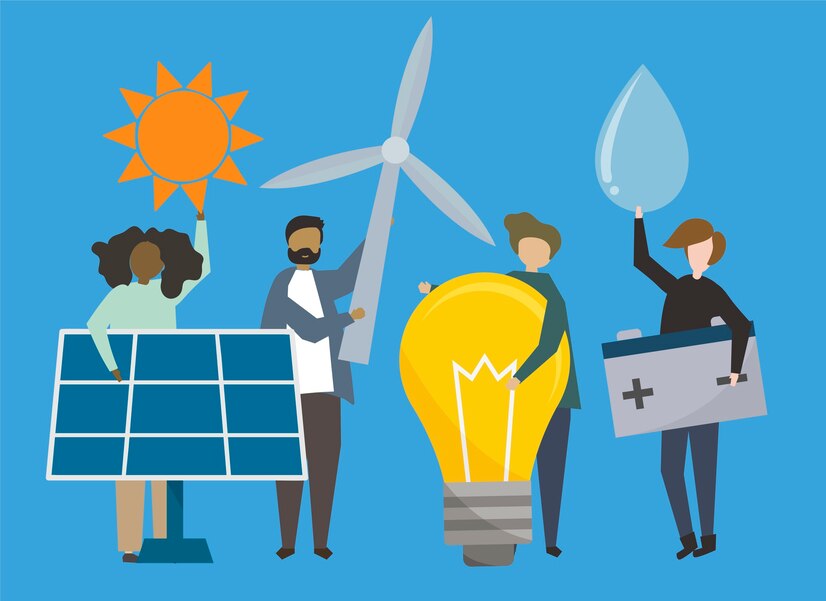
#2. Purchasing Eco-Friendly Apparel
The fashion and textile industry contributes about 10% of global carbon emissions. Fast fashion is cheap because it produces low-quality, non-durable clothing that is easily discarded. Buying sustainably involves:
- Opting for sustainable brands that use organic or recycled materials.
- Participating in clothing swaps or buying second-hand items to reduce textile waste.
The Ellen MacArthur Foundation’s report on circular fashion found that recycling and reusing textiles could reduce greenhouse gas emissions by 44 million tons annually by 2030.
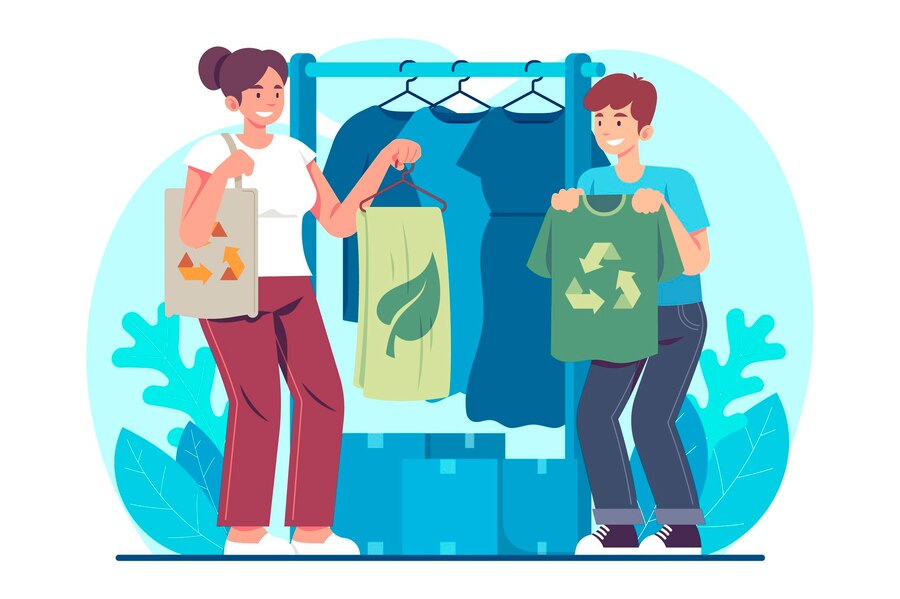
#3. Water Conservation
Water is a valuable and finite resource, and conserving it is important, even in areas where it is abundant. According to the European Commission’s Joint Research Centre (JRC), implementing water conservation measures could reduce the global risk of water scarcity by 20% in the coming years.
How to Conserve Water at Home:
- Fix leaks in faucets and toilets immediately.
- Install low-flow showerheads and faucets to minimise daily water usage.
- Collect rainwater for watering plants and gardens.

#4. Grow Your Food
Setting up a small garden to grow food organically will reduce your reliance on industrial agriculture, which contributes significantly to carbon emissions and deforestation.
You can grow fresh fruits and vegetables even if you don’t have enough space for a ground garden. You can cultivate small plants and herbs on your balcony or windowsill. Urban gardening initiatives are becoming popular in major cities around the world, proving that available space is not a challenge for growing food in urban environments.
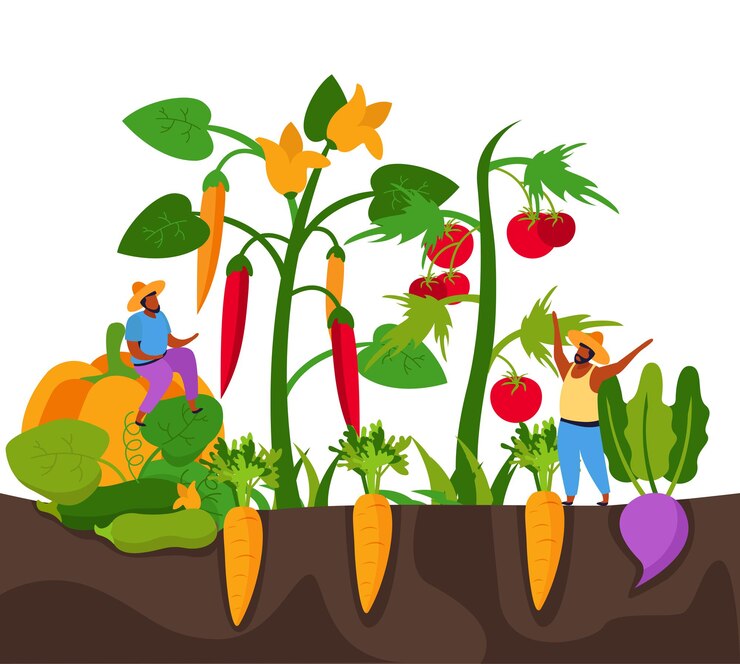
Intermediate to Advanced Eco-Friendly Practices
Intermediate Practices
- Adopt a Plant-Based Diet: Reducing your meat consumption can significantly lower your carbon footprint. The Food and Agriculture Organisation (FAO) estimates that the meat industry accounts for approximately 14.5% of global greenhouse gas emissions.
- Buy Energy-Efficient Appliances: Replace outdated appliances with energy-efficient models. Look for the Energy Star label, which signifies products that consume less energy and help reduce emissions.
Advanced Practices
Those who are fully committed to living a sustainable lifestyle can take drastic steps, including:
- Living Off the Grid: Switch to renewable energy sources, rely on rainwater collection, and compost all food waste to minimise your environmental impact.
- Building or Renovating a Green Home: Sustainable architecture is evolving to include energy-efficient designs, such as passive solar heating, high-quality insulation, and green roofs that regulate temperature and reduce stormwater runoff.
Table: Simple Ways to Go Green
| Action | Environmental Impact | Ease of Adoption |
| Switch to renewable energy | Reduces carbon emissions by 70% by 2050 (IRENA) | High |
| Reduce meat consumption | Livestock accounts for 14.5% of global emissions (UN Study) | Medium |
| Use reusable bags | Plastic bags take 500+ years to decompose (Environmental Watch) | Easy |
| Carpool or use public transit | Reduces personal carbon footprint by up to 30% (EPA) | Medium |
| Install energy-efficient bulbs | Cuts energy use by 50% (Energy Star) | Easy |
Future Innovations in Eco-Friendly Living
Biodegradable Plastics
One of the most exciting innovations for reducing plastic pollution is the introduction of biodegradable plastics. Unlike conventional plastics, these materials break down much faster without releasing harmful chemicals into the environment. Researchers continue to make efforts to improve the quality of biodegradable plastics. Researchers from the University of California, Berkeley, have discovered new ways to make biodegradable plastics biodegrade even faster, making it one of the most effective methods to reduce plastic pollution by 90% if widely adopted.
Precision Agriculture
Technological advancements, such as precision farming, allow for more efficient resource use, maximising crop yields and minimising waste. Precision agriculture utilises drones, sensors, and data analysis to monitor crop health.
According to Dr. Raj Khosla, a professor of precision agriculture at Colorado State University, precision agriculture not only improves yields but also drastically reduces the environmental impact of farming, including resource use and environmental degradation, making it more sustainable in the long run.
Next-Generation Solar Panels
Solar technology is evolving with new solar panels that are highly efficient, affordable to produce, and can even be integrated into building materials such as windows and roof tiles.
Electric Aviation
Electric aircraft are still in development, and this could revolutionise air travel by significantly reducing the aviation industry’s carbon emissions. Airbus, Easy Jet and start-ups like Eviation are working on prototypes that could make commercial electric flight a reality in the next few decades.
Economic and Social Benefits of an Eco-Friendly Lifestyle
Job Creation
The global transition to renewable energy, sustainable agriculture, and environmental conservation will create employment opportunities. According to the International Labour Organisation, the shift to a green economy could generate 24 million new jobs worldwide by 2030.
Improved Public Health
Adopting a sustainable lifestyle contributes to improved public health. For instance, incorporating more green spaces within urban environments enhances air quality and overall well-being. In Copenhagen, the Danish government has invested heavily in cycling infrastructure, which reduces obesity rates and the chances of developing heart diseases, as more residents choose to bike to work rather than drive.
Learn More: 12 Best Green Resolutions for Every Month
The Role of Government and Corporations
#1. Government Initiatives
The Paris Agreement is a global effort aimed at limiting global warming to below 2 degrees Celsius. According to a 2022 report by the UN, countries that adhere to the Paris Agreement’s goals are on track to reduce emissions by 45% by 2030.
#2. Corporation Accountability
Corporations continue to generate millions of tons of CO2 to remain operational. Companies like Tesla and Patagonia have demonstrated that business models centred on sustainability can be profitable while reducing their environmental footprint.
A 2023 McKinsey report highlighted that corporations with sustainable practices are outperforming their competitors by 10% in profitability.
Conclusion
Adopting an eco-friendly lifestyle is one of the most impactful ways to contribute to the fight against climate change. From using renewable energy and reducing water usage to buying sustainable products, the choices we make today can shape the world of tomorrow. Global examples such as Bhutan, Germany, and Costa Rica prove that change is possible, while future innovations in technology offer hope for a more sustainable future.
Living an eco-friendly life isn’t about perfection; it’s about progress. Every small step you take—whether reducing your water use, opting for a plant-based meal, or using a reusable shopping bag—contributes to a more sustainable and healthier planet.
By embracing eco-friendly habits, educating others, and holding governments and corporations accountable, we can collectively mitigate the impact of climate change and protect the planet for future generations.

